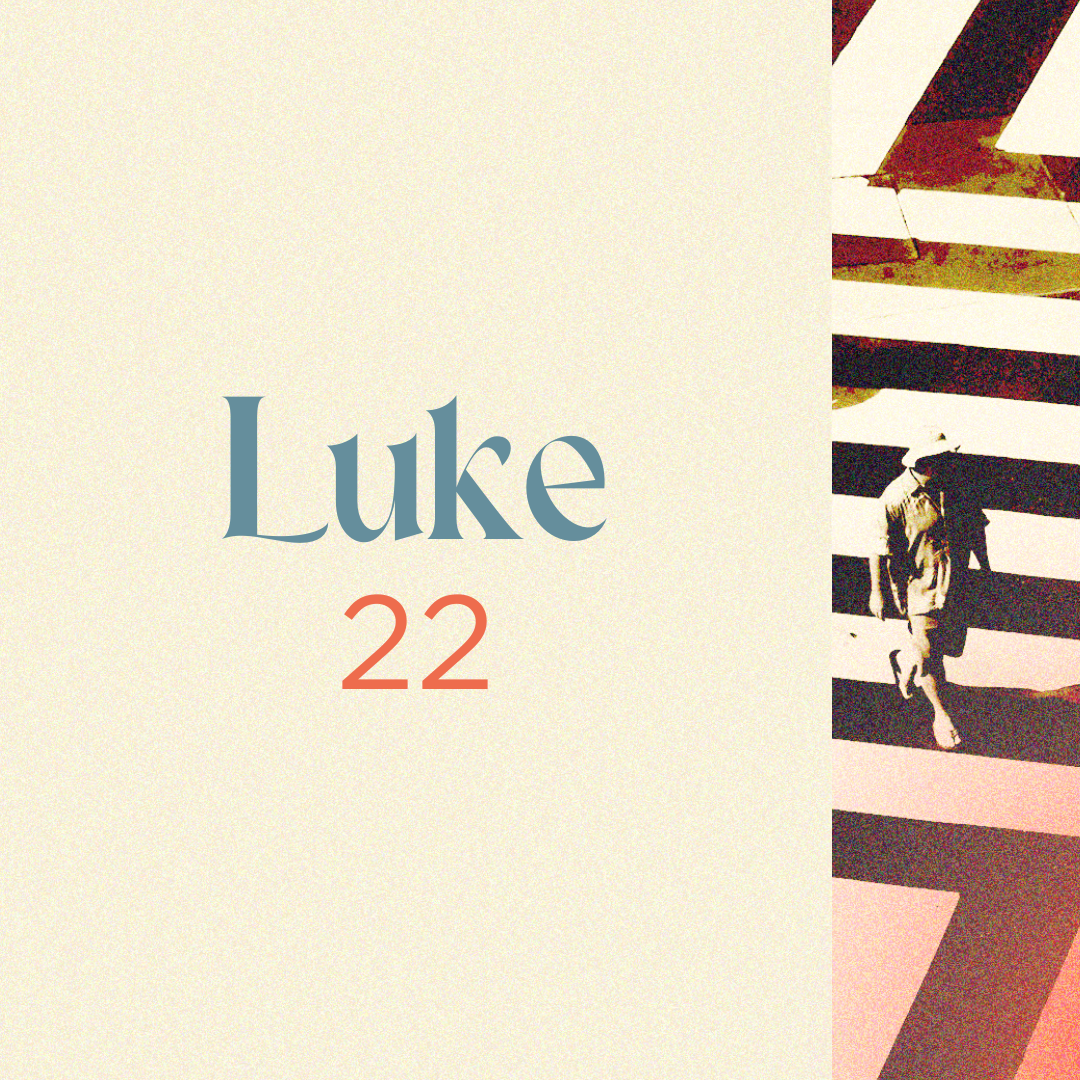



“Show me a Roman coin. Whose picture and title are stamped on it?” “Caesar’s,” they replied. “Well then,” he said, “give to Caesar what belongs to Caesar, and give to God what belongs to God.”
But very early on Sunday morning the women went to the tomb, taking the spices they had prepared.
As they led Jesus away, a man named Simon, who was from Cyrene, happened to be coming in from the countryside. The soldiers seized him and put the cross on him and made him carry it behind Jesus.
The Festival of Unleavened Bread, which is also called Passover, was approaching. The leading priests and teachers of religious law were plotting how to kill Jesus, but they were afraid of the people’s reaction.
Father, if you are willing, please take this cup of suffering away from me. Yet I want your will to be done, not mine.' Then an angel from heaven appeared and strengthened him. He prayed more fervently, and he was in such agony of spirit that his sweat fell to the ground like great drops of blood.
In Mark 13-16 we read of Jesus Christ's earthly ministry, His sacrificial death, and triumphant resurrection.
Six days before the Passover celebration began, Jesus arrived in Bethany, the home of Lazarus—the man he had raised from the dead.
Saturday evening, when the Sabbath ended, Mary Magdalene, Mary the mother of James, and Salome went out and purchased burial spices so they could anoint Jesus’ body.
Very early in the morning the leading priests, the elders, and the teachers of religious law—the entire high council—met to discuss their next step. They bound Jesus, led him away, and took him to Pilate, the Roman governor.
It was now two days before Passover and the Festival of Unleavened Bread. The leading priests and the teachers of religious law were still looking for an opportunity to capture Jesus secretly and kill him.
As Jesus was leaving the Temple that day, one of his disciples said, “Teacher, look at these magnificent buildings! Look at the impressive stones in the walls.”
John 6-8 unveils a rich tapestry of narratives, teachings, and encounters that illuminate essential truths about faith, the person of Jesus Christ, and the nature of grace.
So Jesus said again, “I tell you the truth, unless you eat the flesh of the Son of Man and drink his blood, you cannot have eternal life within you.”
Later Jesus said to them again, “I am going away. You will search for me but will die in your sin. You cannot come where I am going.”
Jesus returned to the Mount of Olives, but early the next morning he was back again at the Temple. A crowd soon gathered, and he sat down and taught them.
After this, Jesus traveled around Galilee. He wanted to stay out of Judea, where the Jewish leaders were plotting his death.
…A huge crowd kept following him wherever he went, because they saw his miraculous signs as he healed the sick.
After this, Jesus crossed over to the far side of the Sea of Galilee, also known as the Sea of Tiberias.
























Luke 22-24 unveils the climactic events surrounding Jesus Christ's betrayal, crucifixion, and resurrection, offering profound insights into the essence of redemption, the power of divine love, and the triumph of hope over despair.